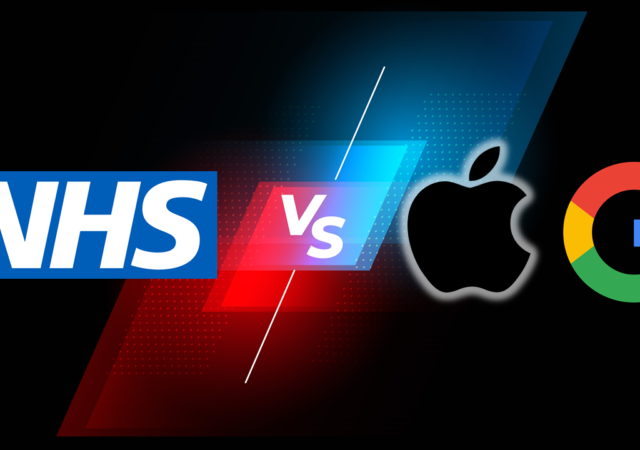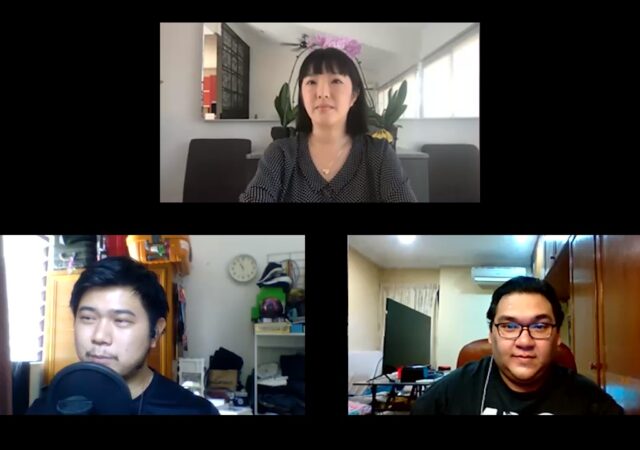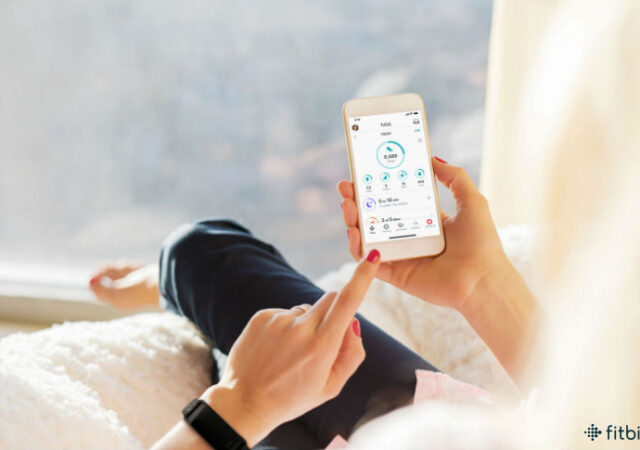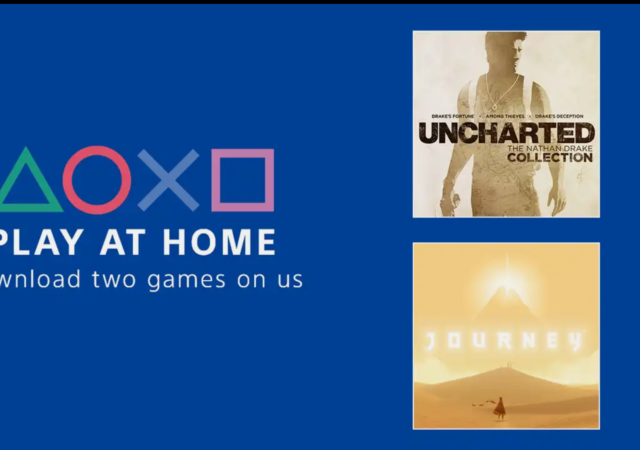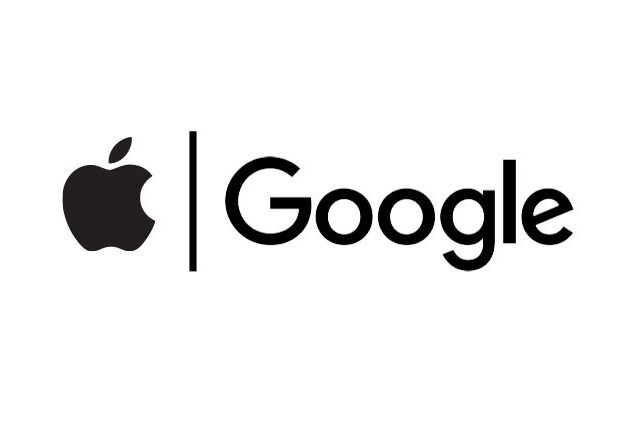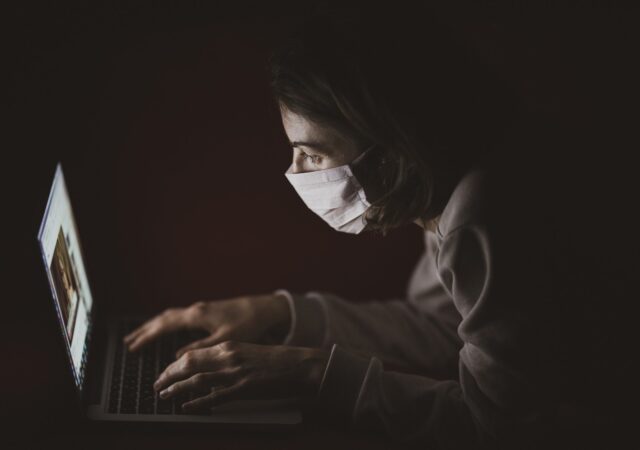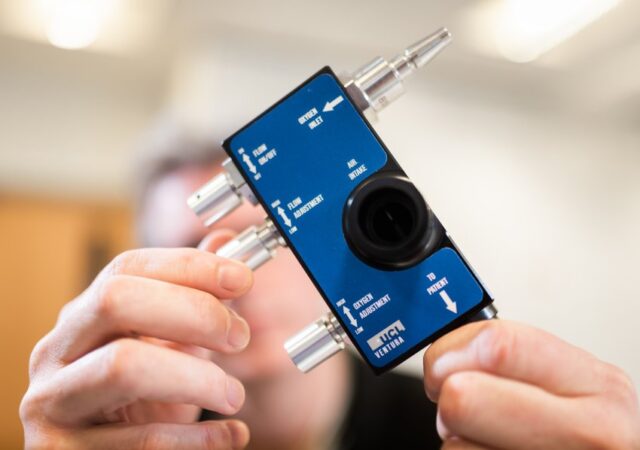Google and Apple hit their first speedhump in developing a cross platform contact tracing API with the UK’s NHS.
Fitbit Introduces COVID-19 Resource Hub
Fitbit has always been known for their wearables and health-centric devices. The company is arguably one of the first to pioneer health-centric gadgets such as fitness trackers. Just recently, Fitbit announced the availability of the new Charge 4 which brings…
PlayStation Kicks Off #PlayAtHome Initiative
Sony Interactive Entertainment kicks of its Play At Home Initiative to keep players at home and support the indie game development industry.
Apple & Google Help Battle COVID-19 with Contact Tracing Technology
Apple and Google are joining forces to aid in the battle against the COVID-19 pandemic. The companies are announcing a cross platform API to help with Contact Tracing.
Sprinting to Bring Tech to Emergency Hospitals in Wuhan, China
Lenovo became one of the first responders in time of desperation and need in China at the height of the COVID-19 outbreak. They deployed their teams and donated IT infrastructure to the emergency Huoshenshan hospital in Wuhan that was built in 10 days.
Project Pitlane – F1 Tech in Battling COVID-19
Mercedes-AMG F1 team has partnered with UCLH to start production of CPAP breathing aids for hospitals across United Kingdom. They managed to reverse engineer the breathing aid apparatus from conception to production within 100 hours.
Coronavirus Puts Remote Work Security to the Test
The COVID-19 outbreak is now considered a Pandemic to everyone’s fears. The COVID-19 does not just affect us physically though. It is affecting us in our workplace. As more and more organisations move toward a remote working structure, cyber criminals are starting to take even more advantage of the situation. Acronis has a way to protect the workforce.
Tech & Tonic Episode 4 feat. Adam Lobo – More COVID-19 Stuff and #BatteryGate
In this week’s Tech & Tonic Podcast, we have Adam Lobo of Adam Lobo TV! Adam Lobo is the lead vocalist in the rap metal band Dragon Red. Adam Lobo’s gift does not just stop at his voice though. He…



